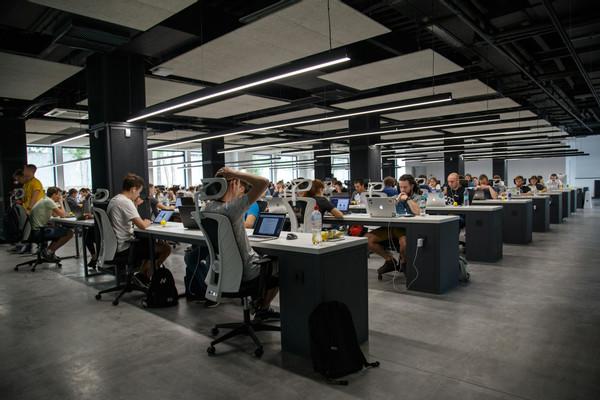The Science of Breaks at Work: Change Your Thinking About Downtime
Curated from: open.buffer.com
Ideas, facts & insights covering these topics:
9 ideas
·10.1K reads
29
1
Explore the World's Best Ideas
Join today and uncover 100+ curated journeys from 50+ topics. Unlock access to our mobile app with extensive features.
Breaks keep us from getting bored
The human brain just wasn’t built for the extended focus we ask of it these days.
The fix for this unfocused condition is simple—all we need is a brief interruption (aka a break) to get back on track.
454
1.47K reads
Breaks and brain connections
Our brains have two modes:
- focused mode, which we use when we’re doing things like learning something new, writing or working) and
- diffuse mode, which is our more relaxed, daydreamy mode when we’re not thinking so hard.
The mind solves its stickiest problems while daydreaming—something you may have experienced while driving or taking a shower.
496
1.21K reads
Breaks help us reevaluate our goals
When you work on a task continuously, it’s easy to lose focus and get lost in the weeds. In contrast, following a brief intermission, picking up where you left off forces you to take a few seconds to think globally about what you’re ultimately trying to achieve.
396
958 reads
Stop feeling guilty about breaks
Idleness is not just a vacation, an indulgence or a vice; it is indispensable to the brain. It is, paradoxically, necessary to getting any work done.
436
1.01K reads
The Pomodoro technique
Work in small bursts to help you get rid of distractions and focus more intently.
Just set a timer for 25 minutes, and when it goes off, take a short break for 5 minutes. Stretch your legs, grab a drink, or just sit back and relax. After you’ve done four Pomodoro sessions, take a longer break of 30 minutes or so.
505
927 reads
90-minute work blocks
Working in 90-minute intervals for maximizing productivity means working with our bodies’ natural rhythms.
When studies were conducted on elite performers like violinists, athletes, actors and chess players, the results showed that the best performers practised in focused sessions of no more than 90 minutes.
510
1.06K reads
The 52-17 method
Most productive people work for 52 minutes at a time, then take a break for 17 minutes before getting back to it.
They make the most of those 52 minutes by working with intense purpose, but then rest up to be ready for the next burst. In other words, they work with purpose.
551
1.12K reads
Two 15-minute breaks per day
Blocking out two planned, 15-minute intermissions in your day—one in the mid-morning and the other in the mid-afternoon.
Around 3 p.m. is the least productive time of day, so definitely don’t skip that break.
414
992 reads
Productivity-boosting activities for breaks
- Take a walk.
- Daydream. It leads to creativity.
- Eat to replenish your brain.
- Read a (non-work) book.
- Get a coffee.
Doodle. It can stimulate new ideas and help us stay focused.
Listen to music.
Nap.
Exercise.
Talk to friends or co-workers.
Go outside and see some nature.
Exercise your eyes with the 20-20-20 rule: Every 20 minutes, take a break for at least 20 seconds and look at objects that are 20 feet away from you.
666
1.34K reads
IDEAS CURATED BY
Maddox 's ideas are part of this journey:
Learn more about timemanagement with this collection
Techniques for brainstorming and generating new ideas
The power of collaboration and feedback in the creative process
How to recognize and overcome limiting beliefs
Related collections
Similar ideas
5 ideas
4 ideas
3 ideas
Read & Learn
20x Faster
without
deepstash
with
deepstash
with
deepstash
Personalized microlearning
—
100+ Learning Journeys
—
Access to 200,000+ ideas
—
Access to the mobile app
—
Unlimited idea saving
—
—
Unlimited history
—
—
Unlimited listening to ideas
—
—
Downloading & offline access
—
—
Supercharge your mind with one idea per day
Enter your email and spend 1 minute every day to learn something new.
I agree to receive email updates
